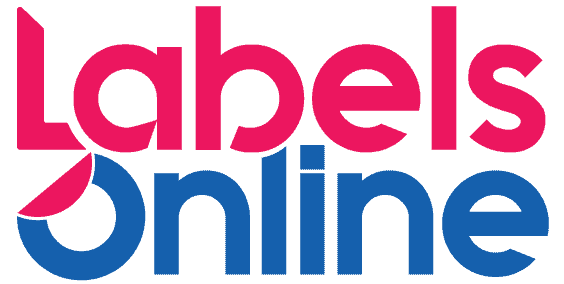Label Resources
Artwork Specifications
Artwork Specifications
Before you upload your artwork there are a couple of things that can make the process easier, and ensure that you get the best results.
If you have any questions regarding setting up artwork or selecting the right file types, please ask Lulu
When uploading artwork or art files please note:
-
- Proofs and approvals are online only.
- Accepted artwork file formats are: .pdf, .ai, .eps, .tiff, .jpg, .png
- Fonts should be min 5pt size
- Lines should be min 0.5 thickness
- Supply images as high resolution: minimum 300dpi.
- Check barcode sizes and requirements meet GS1 standards.
- Supply all necessary links and fonts or convert all fonts to outlines.
- Please do not supply Microsoft Publisher of Word files as artwork.
- Please check your artwork/design thoroughly before approving as we will not accept responsibility for errors that have been incorrectly approved.
- We utilise the Adobe suite on a Macintosh platform.
- We can assist with design or modifications to your labels at competitive rates.
Accepted File Formats:
Upload Print-Ready PDF Supported file types: .pdf
If you have artwork with a die-line and bleed you can upload your artwork here. This option is for people who have art files that have been set up for printing.
Upload Artwork to Template Supported file types: .pdf, .ai, .eps, .tiff, .jpg, .png
Upload your design here to our template that will show you the die-line, bleed and safety lines.
Considerations for Images:
Images as Vectors: Vectorised images are resolution independent images using points, lines & shapes that mean the images can be resized without loss of quality.
Images as Raster: Raster images are resolution dependent images that use a grid of small dots & can lose quality or look pixelated when they are resized.
Print Colours:
Blank (no print)
For Blank Labels with NO print on them please choose this option.
Black Only
If your design only uses BLACK or greyscale (a % of black) but NOT selected grey or other colours, choose this option.
CMYK Full Colour
CMYK is used for ALL digital printing and is popular where a photo realistic look and many colours are required. CMYK is the abbreviation for Cyan, Magenta, Yellow and Black: the colours used when printing process or full colour, often referred to as four colour process. These are special pigment colours of ink that are very transparent. Exact colour matching to Pantone (PMS or SPOT) colours is not guaranteed in terms of consistency between runs or for spot or PMS colours but it is significantly more cost-effective.
CMYK + Opaque White
If you are printing on a CLEAR or METALLIC material then you usually require Opaque White to be added to the print. The Opaque White layer stops the printed ink from being transparent on the base material. For clear labels this makes the print appear more solid. For metallic stocks it means the ink will not be shiny. Please note that Opaque White is not fully opaque and there is a small degree of transparency. Opaque White is usually indicated as a separate layer in the print file (and is often represented as cyan to distinguish the layer).
Die-line, safety line and bleed line:
Die-line (cut or trim line)
The die-line (also called a cut or trim line) is where the shape of the label is cut out of the face stock (label material). It is the finished size of your label and the shape that will be left on the roll. Die-lines are usually identified as a specific colour (often cyan) in your art file and is saved as a separate layer. If you use our online template a dieline is provided for rectangles/squares and circles/ovals. If you want a special or custom shape then you will need to include this in the upload. You can have ANY SHAPE you like for NO EXTRA COST.
Bleed Line – – – –
A bleed line of 3mm is applied around the exterior of the labe to ensure all images and content print to the edge of the label. Like the Safety zone, the di-cutting process can have very slight movements which could result in information/graphics being cut off if these spaces are not allowed for. If you are supplying artwork then you usually do not create a bleed line as such, but ensure that all images and graphics that go to the edge of the label are extended by 3mm over the edge.
Safety Zone . . . . .
A 2mm ‘Safety Zone’ should be applied to the inner dimension of the label to ensure that important text and graphics are not cut off during the finishing process. Whenever possible you should not place text or graphics inside this space, unless they are to go to the edge of the label. Safety Zones are more of a practice than an actual line in artwork files but are displayed in our template so you can see where text and images sit on the label.
Artwork Proofs
An electronic proof is provided during the process of reviewing your custom printed label order. A link will also be emailed to you with your confirmation. Once orders are submitted they are sent to production for processing, please advise any errors or discrepancies immediately to ensure they are not printed incorrectly.
Please note that print colors may vary from those you can see on your screen. While these colours are a good representation they may not match exactly when printed. Let us know any concerns you may have prior to printing or place in the comments.


